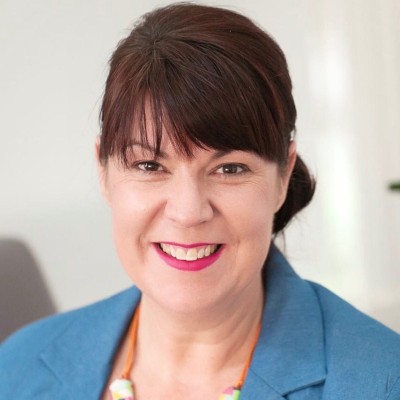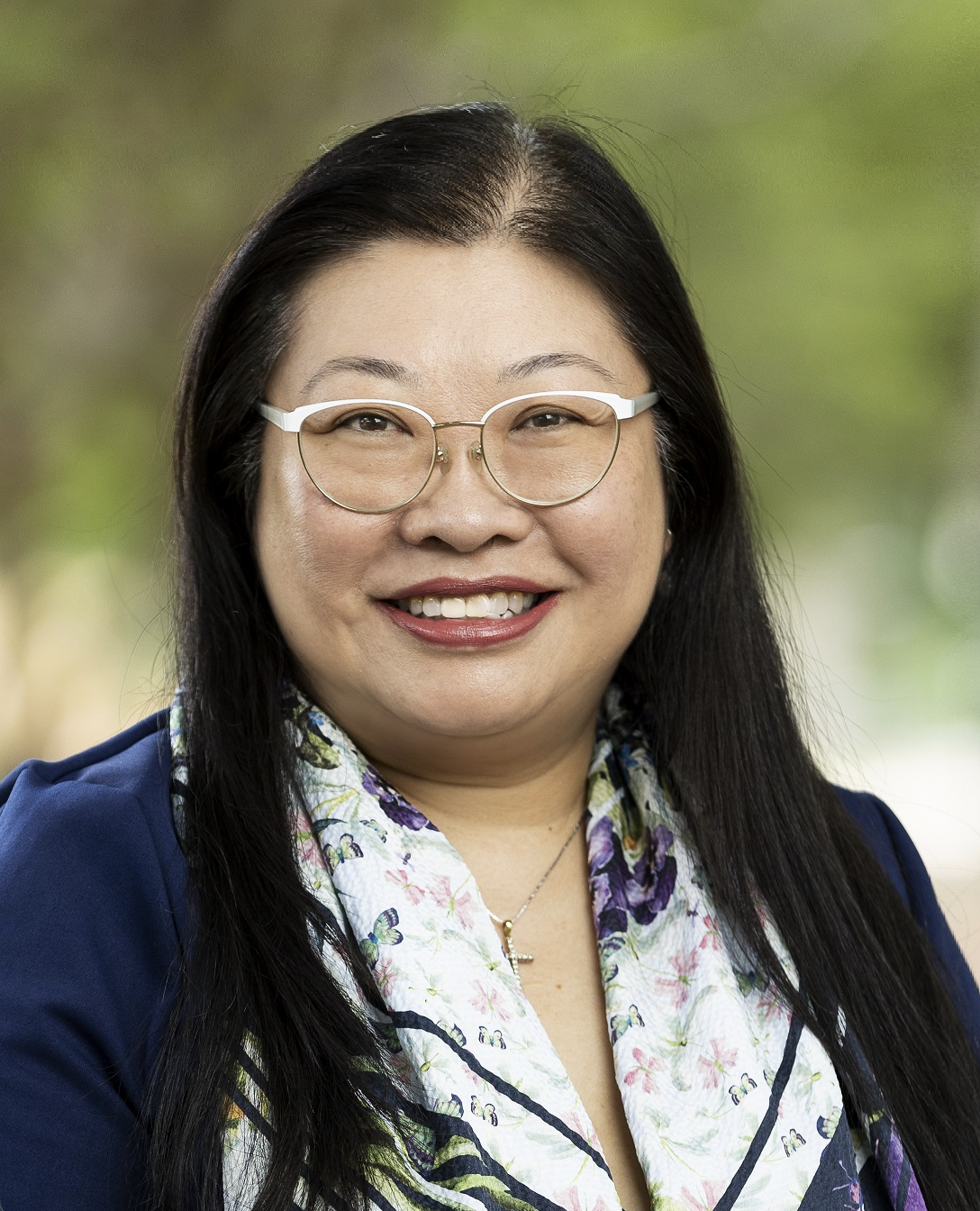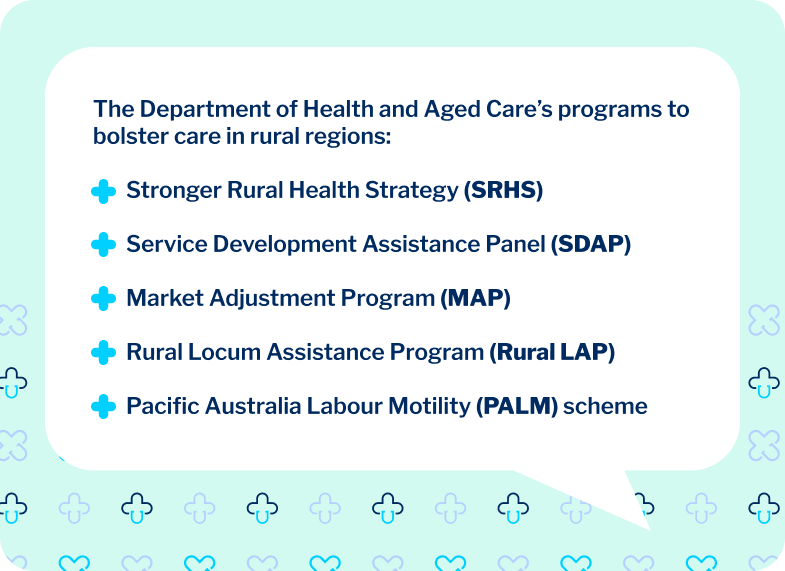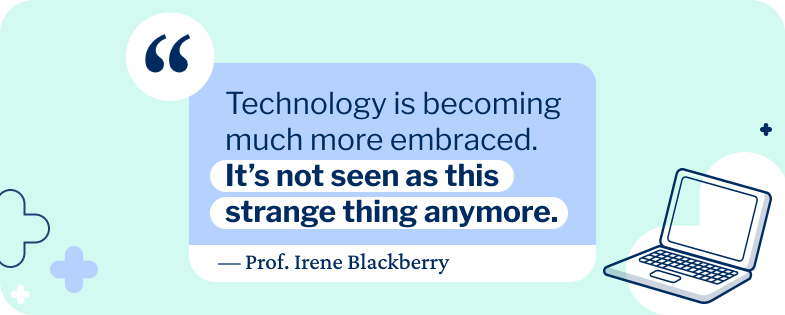About Care in Rural Communities
Roughly seven million Australians live in rural and remote areas.
Those communities are diverse and well-established, but the people there wrestle with unique challenges due to their geographic locations—particularly regarding healthcare.
Research shows that Australians who live in rural and remote areas face health issues at higher rates than people in metropolitan areas. Chronic conditions such as arthritis, diabetes and asthma are more prevalent in rural communities, and the burden of injury and disease increases with remoteness.

- Inadequate Options: Older Australians in remote areas often receive poor or no care at all because they don’t have any other options. The dearth of options can lead to long waiting lists, difficulty gathering information and higher costs.
- Care Limitations: Healthcare professionals and support workers looking to deliver care in these areas face their own challenges. They’re typically expected to have a much broader range of clinical skills with limited access to specialised equipment, not to mention geographic restrictions prevent them from leveraging peer support and proper supervision.
- Logistical Dilemmas: Transport, finances and access to resources readily available in major cities are also more complicated in remote areas. Lack of internet access, for example, prevents people from using online tools such as My Aged Care to find the help they need. If older people in rural communities require specialised services outside the home, they likely have to travel great distances, and that’s not always possible due to transport and socioeconomic constraints.
Is It Time To Change the Narrative?
Discussions about care in rural and remote areas often have a negative slant.
It’s a complex topic with no one-size-fits-all solution, and solving this dilemma will require a collection of ideas from different sources.
However, some industry experts believe the answer starts with the conversation itself.
Marylouise Freeman is a registered nurse who spent more than 25 years in aged care, disability and community settings.


Today, she’s working toward her Masters of Research at the University of South Australia, delving into the accessibility of palliative care services in rural and remote communities.
She believes there should be a greater emphasis on potential solutions.
‘There’s a lot of research on the challenges of rural care, but less on the solutions’, Ms. Freeman told us during an interview. ‘We have to work collaboratively with these communities to understand their needs—rural communities are very resourceful, and if we understand what they need, we can distribute resources more effectively’.
Ms. Freeman speaks from her own experience, both as a nurse in the field and as an academic researcher. Her current study for UniSA focuses on the positive impact of palliative care in rural communities: it prompts carers to share caregiving strategies that worked well for them so those methods can be replicated in other remote and rural communities.
‘You need to know what you don’t know in order to facilitate proper care’, Ms. Freeman said. ‘Rural health care is often painted in a negative light, so we want to take a more positive approach and amplify what is working well’.
Another expert, Professor Irene Blackberry, agrees with that notion—to an extent.

Prof. Blackberry is the John Richards Chair and Director of the Care Economy Research Institute at La Trobe University in Melbourne. She has more than two decades of research experience across the care economy in Australia and abroad, predominantly in the healthcare, aged care and informal care sectors.
‘The Royal Commission a few years ago brought about a lot of negative stories’, Prof. Blackberry said. ‘Neglect, poor quality of care—bad news sells, and that’s what got stuck in everyone’s mind’.
Negative-leaning press coverage has bled into all facets of the care sector, including care in rural and remote areas. Even so, Prof. Blackberry emphasises the need for balance as the country continually tries to improve services in those communities.
‘We don’t necessarily need to portray everything as well and good’, she said. ‘Not everything is good, not everything is bad; we need to present the pros and cons while challenging current stereotypes’.
That last part is pertinent: stereotypes can become ingrained in a culture, fueling misguided narratives and suppressing progress. As it stands, negative stereotypes about living and working in remote areas adversely affect one key stakeholder in particular: the workforce.
Workforce: Education & Ongoing Support
For many healthcare professionals, moving to a remote area can be daunting.
Doctors, nurses, caregivers and support workers who make that leap face the same logistical challenges as the rural communities themselves, and they’re often required to have larger skillsets due to the breadth of care they must provide. Other aspects, including cultural differences and social concessions, only add layers of complexity—especially for care professionals who hail from urban areas.
To Marylouise Freeman’s point, though: if the challenges continue to dominate the headlines, all that noise could drown out potential solutions.
So how can we balance the scales?
In our discussions with these experts, it became apparent that providing health services to remote communities can offer a fulfilling and rewarding experience, both for seasoned practitioners and young professionals embarking on their careers. But for those experiences to become the status quo, the sector has to continue devoting resources toward essential initiatives. Two examples include:
- Nursing Education: Many remote communities rely on nurse-led services. Nurses are the largest group of health providers in rural and remote areas according to The Australian College of Nursing (ACN). Nurse practitioners are especially prominent: studies by the ACN have shown services delivered by nurse practitioners generate comparable health outcomes to those delivered by doctors—or in other words, nurse-led care is not inferior to medical-led care. That’s significant because nurses and nurse practitioners in rural communities offer more flexibility and versatility, ultimately improving access to services and reducing waiting times.
Nationwide initiatives to educate and train more nurses for these roles are already underway, including the Stronger Rural Health Strategy, which aims to deliver 3,000 extra doctors and 3,000 extra nurses by 2028. Other efforts, such as the Health Workforce Scholarship Program (HWSP), help nurses and allied health professionals improve their skills and prepare them for serving in remote areas.
- Ongoing Support: Scholarships and higher education programs play a crucial role in preparing healthcare students to deliver care services in rural areas, yet ongoing support is essential as they transition to working within these communities. Research shows that adequate support is paramount to retaining care staff, not just in rural areas but universally. As Prof. Blackberry told us: ‘Recruitment is one thing, retention is another’.
Basic internet access, for instance, enables remote workers to remain connected to the greater medical community, where they can advance their education with online learning, seek mentorship, collaborate with their peers, and receive guidance so they don’t have to make difficult decisions in isolation. But true comprehensive support entails more than an internet connection: it encompasses logistical necessities, such as the costs of travel, petrol, accommodation and other ancillary services like child care.
‘We also have to give these newer generations [of care providers] enough time to learn their craft’, Ms. Freeman told us later in our interview. ‘Students who do placements in rural communities need to have good experiences so they want to work there’.
The communities themselves are integral components of those experiences.
‘[Care providers] are well-loved and respected in those communities’, Ms. Freeman iterated. ‘It is a very different lifestyle, but you will be welcomed and accepted, and it will be a positive experience—we have to change the narrative’.
Prof. Blackberry agreed with that sentiment and took it a step further.
‘There’s a stigma that care providers who go to rural areas are moving backwards in their career trajectory, but that’s not true’, she said. ‘We have to challenge that stereotyping—it’s all about how you want to grow your career, and for much of the workforce, there is a lot of opportunity [in rural and remote communities]’.
Indeed, setting care professionals and support workers up for success in rural and remote areas—especially young people and students just starting their careers—could boost the workforce to new heights and drastically improve retention. New studies are actually showing that to be the case.
Adequate education and sufficient ongoing support are pivotal, but beyond that, perhaps the discourse around such opportunities should adopt more progressive perspectives rather than fixating solely on obstacles. Some aspiring care professionals are already doing that: this student’s firsthand account in the Medical Journal of Australia, for instance, shares how rural health student opportunities can foster both personal and professional development.
‘Finding the right people at the student level is key’, Ms. Freeman concluded. ‘And they need to know: [providing rural care] doesn’t have to be permanent, it’s all about opening doors and keeping them open’.
Other Factors: Technology & Government Programs
Apart from the workforce, technology and government programs at the state and federal levels are also important elements of the rural care narrative.
Technology has been a tricky matter over the years: in some rural and remote communities it’s considered taboo, and in others, it’s simply unavailable. However, telehealth services have gained momentum recently—not just in remote regions of Australia, but across the world.
Telehealth has been around in various forms for decades, but it became a fundamental part of healthcare delivery during the COVID-19 pandemic. That period forced nearly everyone to adapt quickly, and some of Australia’s rural communities were included in the telehealth wave.
A study released in 2023 found telehealth could improve healthcare access in remote areas if complemented with sufficient face-to-face services. As the study points out, telehealth isn’t designed to function as a stand-alone healthcare model, but as a supplementary tool, it can be crucial to overcoming on-site staff shortages. Telehealth and digital technology have the potential to significantly mitigate the impact of the ongoing labour shortage in the care sector throughout Australia.
‘There are definitely a lot of opportunities’, Prof. Blackberry told us when we asked her about technology in rural and remote areas. ‘Technology is good, but we still need models of care around the technology—and we need to make sure what’s being offered is user-friendly’.
To that end, Prof. Blackberry emphasised the importance of collaborating with those communities to fully understand what they need. Digital literacy, for starters, remains a barrier because many people in rural and remote regions (especially elders) don’t know how to use computers or the internet. Even the aged care workforce in some remote areas is still paper-based, meaning technology-focused training could be necessary for residents in those communities and the professionals providing care.
How might that be possible?
Prof. Blackberry pointed to volunteer organisations in rural areas that help people access the internet and learn how to use it.
‘Technology is becoming much more embraced’, she said. ‘It’s not seen as this strange thing anymore’.
Ms. Freeman echoed that statement.
‘Technology isn’t the barrier we think it is because people in these communities are so resourceful’, she said. ‘Many of them see [technology] as the best thing since sliced bread’.
The tech-focused volunteer organisations Prof. Blackberry spoke of are part of a larger nationwide movement to provide better care services to rural and remote communities, and the Australian government has many irons in that particular fire. The Department of Health and Aged Care oversees a lengthy list of programs and initiatives designed to bolster care in those regions, such as:

Many government programs are especially focused on aged care in rural and remote areas, and other organisations—such as the Aged Care Workforce Remote Accord and National Rural Health Alliance—strive to raise the quality of care services in those communities.
Microsimulation data predicts that by 2032, an additional 3,000 residential care places and 3,000 home care packages will be required in remote communities. In order for aged care services in those communities to reach levels comparable to metro-urban settings, efforts are happening in earnest across Australia right now to phase out geographical disparities.
Conclusion
During our conversation with Professor Blackberry, she shared a lighthearted story that illustrated the common stigmas tied to rural and remote regions of Australia. When she moved from Melbourne to a more rural area about a decade ago, some people around her thought she was having a midlife crisis.
Their collective scepticism begged the same question: Why would anyone choose to go there?
But, as Prof. Blackberry explained, she was ready to try something new and thought such a move would expand the horizons of her professional research.
Such deeply ingrained beliefs underscore why industry leaders like Marylouise Freeman are dedicating extensive efforts to shift the narrative surrounding rural and remote care.
Ms. Freeman shared personal anecdotes, too, recounting the challenges her family members faced in rural communities when trying to access care.

‘That’s where my passion began’, she told us.
Our conversations with both experts struck a similarly optimistic tone. There’s no silver-bullet solution that will conquer all of the challenges, but it’s not strictly doom and gloom, either. There’s a lot of positive momentum to improving services in areas that historically have suffered from inadequate care.
It starts with the workforce: students and young people embarking on their careers as care providers are an especially important piece of the puzzle. Proper education and sufficient support can go a long way in boosting the number of doctors, nurses, caregivers and support workers in rural and remote regions, and it stands to reason that a more constructive narrative around those opportunities could increase their appeal in the years ahead.
Will that suffice to alter the landscape of care services in rural and remote regions?
There’s no way to know for sure, but it seems worth the effort—especially because many care professionals in these roles report positive experiences, even the ones who opt for temporary positions over permanent placements.
‘It’s a new way of working, a new environment, a new community’, Prof. Blackberry said as our conversation wrapped up.
‘But given time and the proper support, people transform’.








